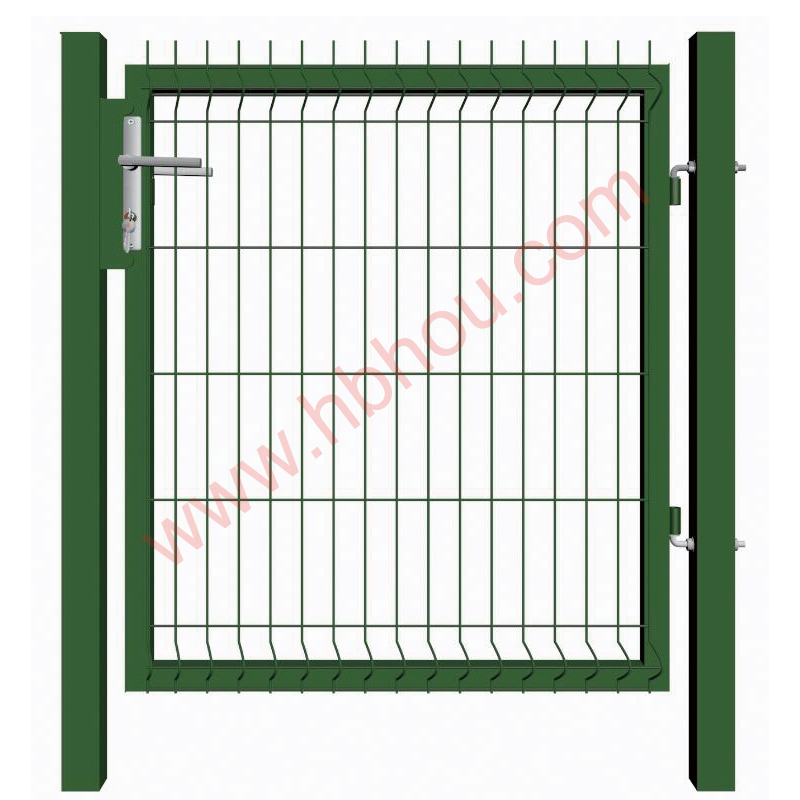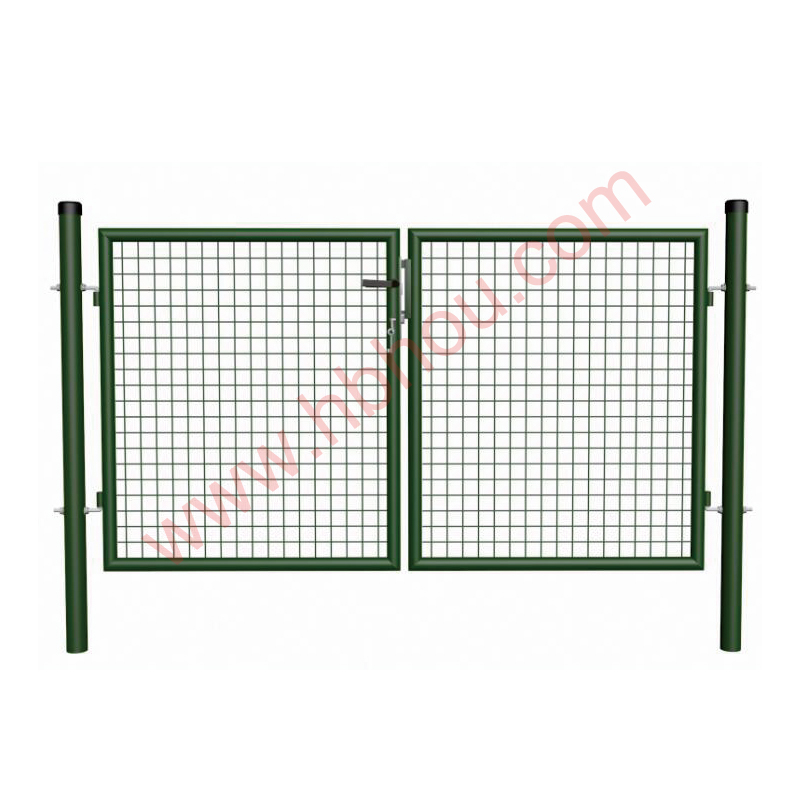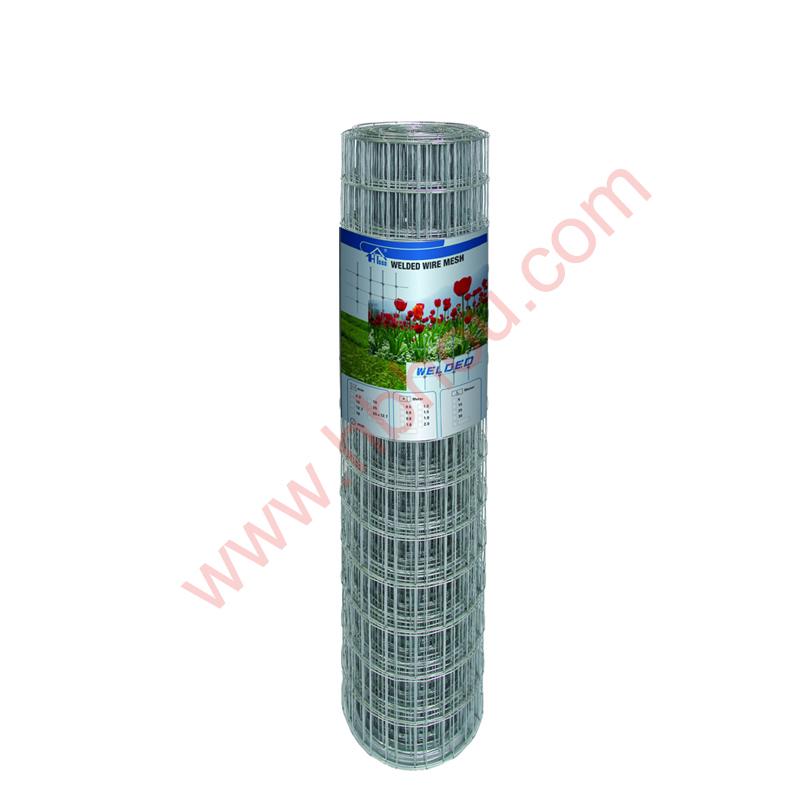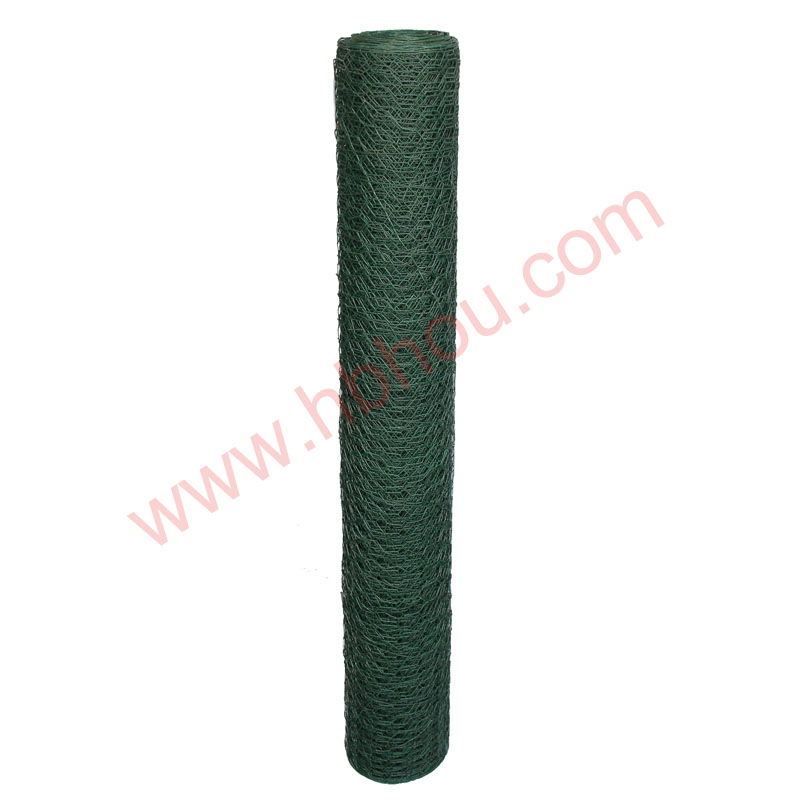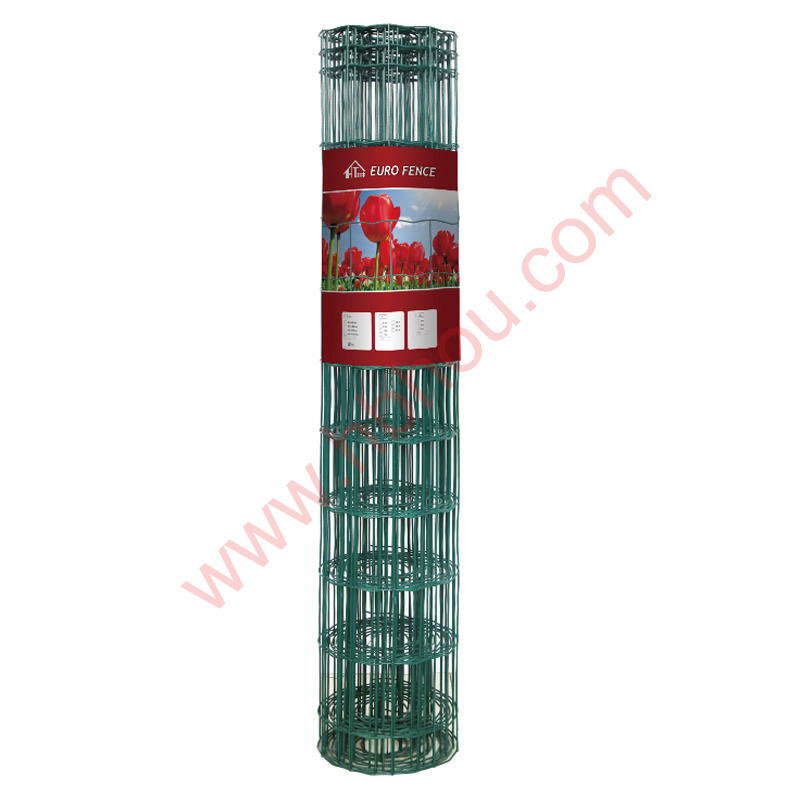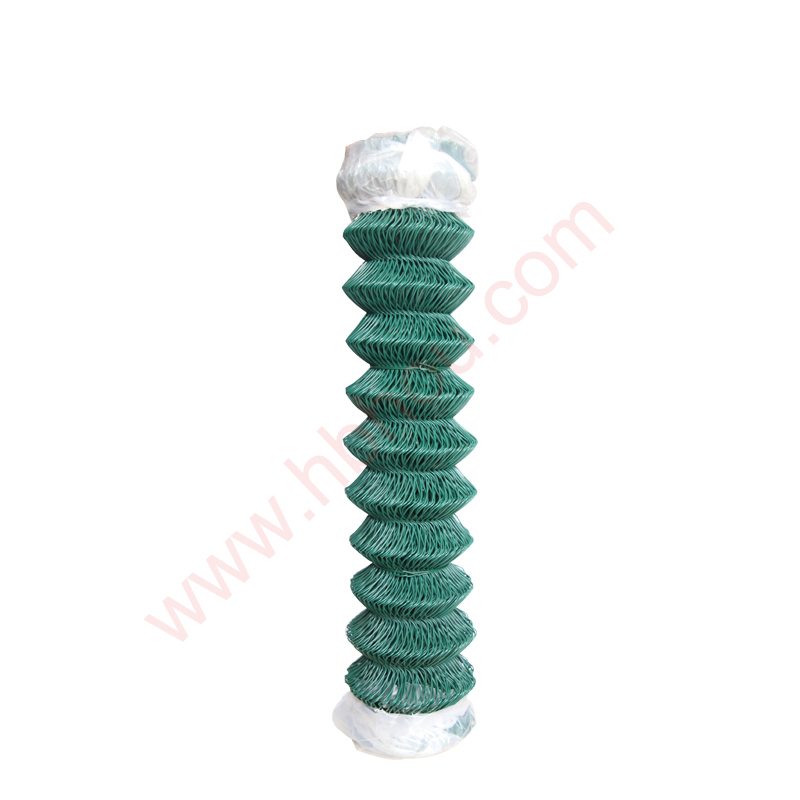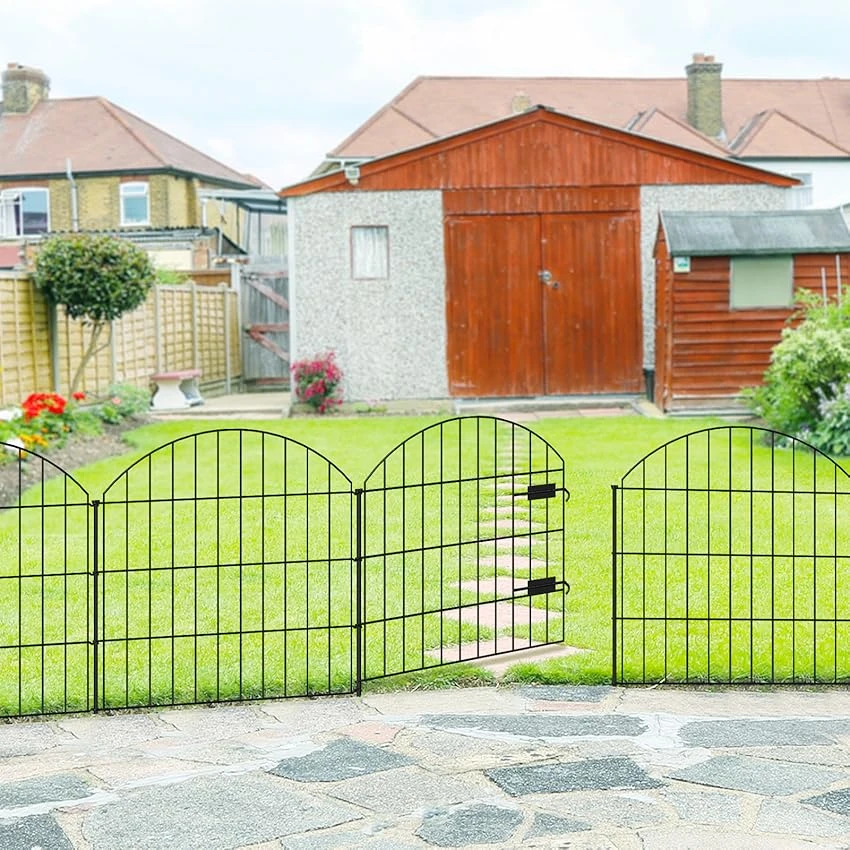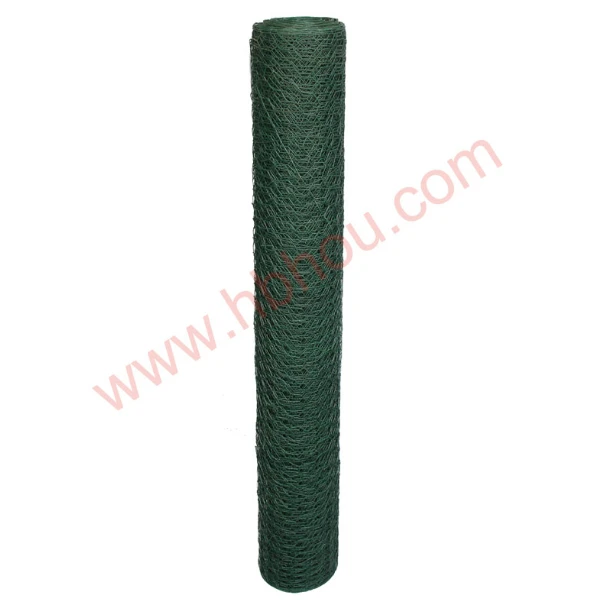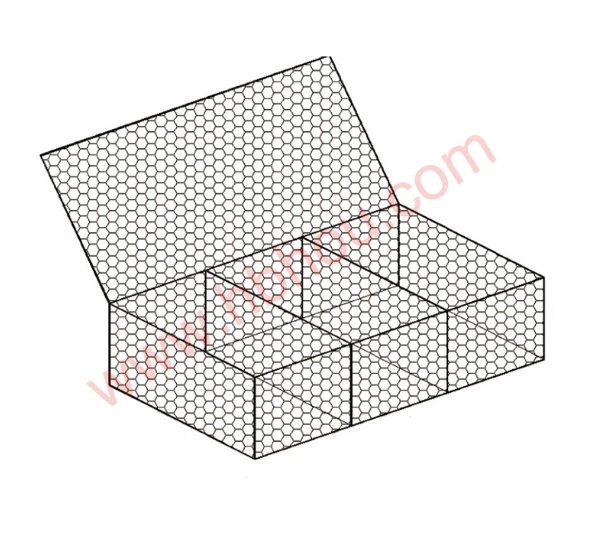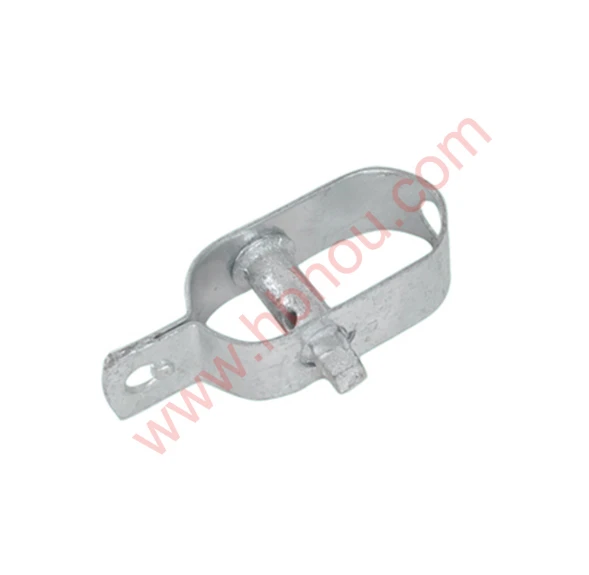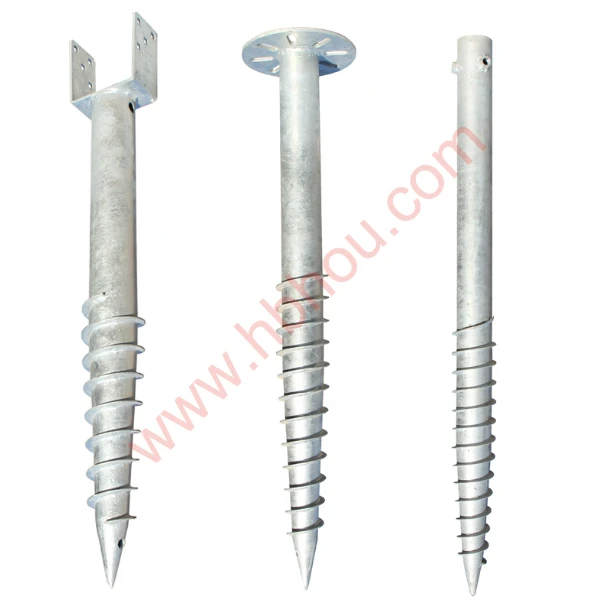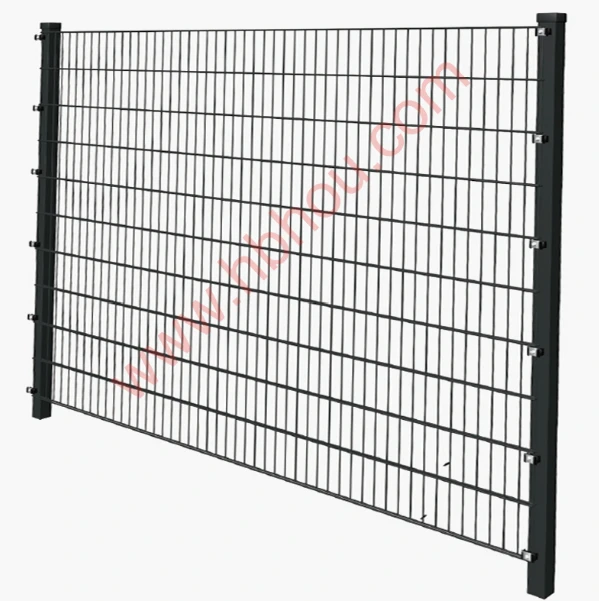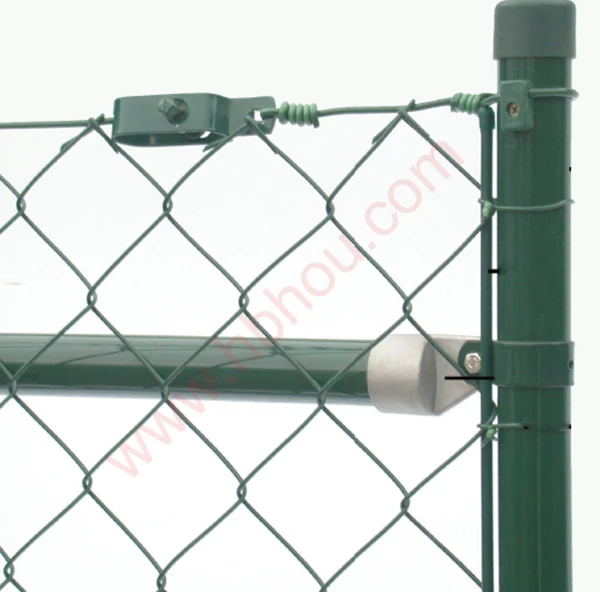Using Tomato Cages as Pea Trellises A Practical Guide
Gardening enthusiasts often find themselves seeking creative and efficient ways to support their plants, particularly climbing varieties. Among these, peas are a favorite for many home gardeners due to their sweet flavor and nutritious value. While traditional methods for supporting peas often involve using stakes or netting, a clever alternative has emerged utilizing tomato cages as pea trellises. This method not only enhances plant growth but also optimizes garden space, making it an excellent choice for both novice and experienced gardeners.
The Benefits of Tomato Cages for Peas
Tomato cages are typically designed to support the vigorous growth of tomato plants, which can often become heavy with fruit. However, their structure is surprisingly well-suited for climbing peas. Here are several benefits of using tomato cages for support
1. Stability and Strength Tomato cages are generally made of sturdy materials, like coated steel or reinforced plastic, which can withstand the weight of pea plants as they grow and bear pods. This ensures that the plants remain upright and healthy.
2. Space Efficiency As peas grow vertically, they take up less ground space, allowing gardeners to maximize their planting area. Using tomato cages also enables close planting, which can lead to a healthier garden ecosystem as plants can benefit from each other's presence.
3. Ease of Access Implementing tomato cages allows for easier harvesting. With peas climbing upwards, gardeners can easily access the pods, reducing the strain of bending down to the ground. This feature is especially beneficial for those with mobility issues.
4. Improved Air Circulation By keeping plants off the ground, tomato cages help improve air circulation around the leaves and stems. This can reduce the risk of fungal diseases, which often thrive in stagnant, humid environments.
How to Use Tomato Cages for Peas
tomato cage as pea trellis

Transforming tomato cages into pea trellises is a straightforward process that requires minimal effort. Here’s how to do it
1. Select the Right Cages Choose tomato cages that are sturdy enough to support pea plants. Look for taller cages that reach at least 3 to 4 feet high, as this height will provide ample support for most pea varieties.
2. Preparation Before planting your peas, position the tomato cages in the garden. You can do this by inserting the cages into the soil, anchoring them about 4 to 6 inches deep to ensure they remain stable as the plants grow.
3. Planting Peas Plant pea seeds at the base of each tomato cage. Depending on the variety, plant seeds about 1 to 2 inches apart, ensuring they are deep enough into the soil to promote germination and root development.
4. Encouraging Climbing As the pea plants start to grow, gently guide any wayward vines towards the cage. Most pea plants will naturally latch onto the structure, but a little guidance will help them find their way.
5. Maintenance Throughout the growing season, monitor the peas for pests and diseases. Regularly check that they are climbing correctly and adjust as necessary. Water the plants consistently, especially during dry spells, as peas need adequate moisture to thrive.
Conclusion
Using tomato cages as trellises for peas is a prime example of resourcefulness in gardening. This method not only promotes healthier plant growth but also makes gardening more accessible and enjoyable. With the right preparation and a little patience, gardeners can reap the rewards of a bountiful pea harvest while efficiently utilizing their space. So, next time you set up your vegetable garden, consider repurposing those tomato cages—they might just become your peas’ best friend!

